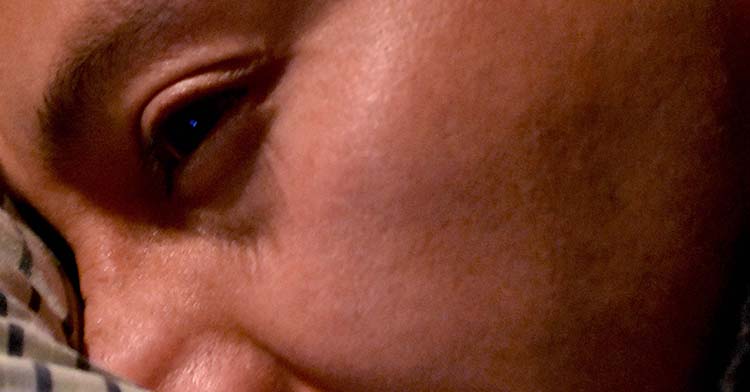There are three subtypes of insomnia:
Difficulty starting to sleep or lack of sleep onset; The presence of different awakenings due to a disability or a problem to return to sleep, known as maintenance insomnia, and a single wake up earlier than scheduled with the impossibility to return to sleep, termed premature awakening or terminal insomnia.
Occasional or transient insomnia affects 33 to 34 percent of the population and is generally apprehensive and concerned for multiple reasons. It is more common in women and increases as the age advances.
The study of sleep is called polysomnography, which is used to identify the disease that causes the problem, such as snoring, sleep apnea syndrome, restless legs syndrome or periodic movements of the extremities.
In case both fail, the use of psychotropic drugs to sleep, according to the age, sex and general health and the duration of the medication is valued.
If you suffer from insomnia:
- Turn off 30 minutes or an hour before bedtime electronic devices, so that luminous and emotional stimulation does not intervene in a negative way.
- Do not abuse the consumption of caffeinated foods or beverages after the meal, to give the body time to metabolize and eliminate it before bed.
- Have a clean and tidy bedroom.
The prevention of insomnia and sleep hygiene are related to a healthy lifestyle: setting up bedtime and getting up (early is ideal), exercising regularly - mainly in the morning - and avoiding alcohol intake in the night to achieve the dream.
Follow us on Twitter:@SSalud_mx
Facebook: facebook.com/SecretariadeSaludMX
